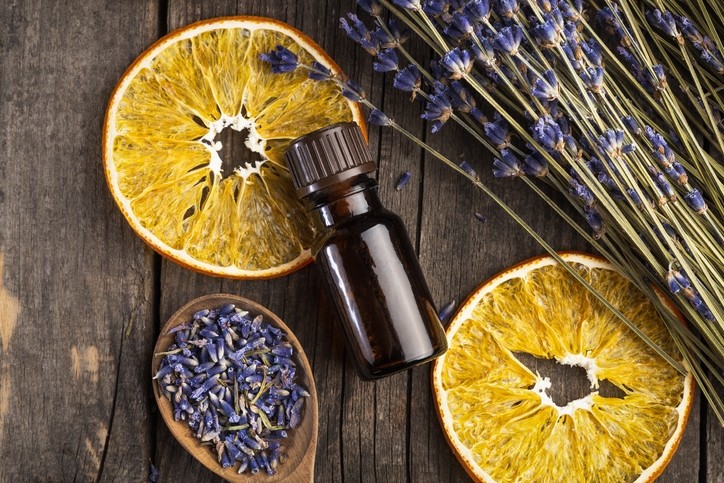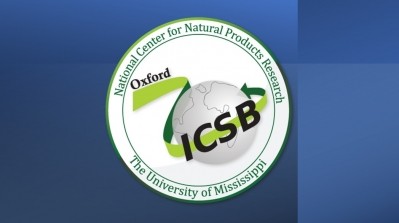Science meeting presenters say that to expand essential oils research base, quality issues must be solved

An entire morning of the recent International Conference on the Science of Botanicals was devoted to the question of essential oils quality and efficacy. The annual conference is put on by the National Center for Natural Products Research which is housed within the School of Pharmacy at the University of Mississippi in Oxford, MS.
Market devolving to smaller players
Dr Russell Osguthorpe, MD, chief medical officer of Utah-based multi level marketing company DoTERRA, which was founded on the sale of essential oils, led the session off. Dr Osguthorpe said his company and Young Living, another Utah based MLM, are the two largest single purveyors of essential oils finished products. But the companies’ relative market share has declined as the market, which he sized at about $7.7 billion, grows. Dozens of smaller players have cropped up in recent years.
And those smaller players are in many cases selling products which may be of questionable quality, Dr Osguthorpe said. He said DoTERRA’s market surveillance has confirmed what other stakeholders, such as the American Botanical Council, have found. Adulteration is rampant in the marketplace.
A Botanical Adulterants Prevention Program bulletin published in mid 2020 found that as much as much as 90% of the lavender essential oil products in the marketplace are adulterated in some way. Dr Osguthorpe said adulteration to alter the scent profile of the products is very common.
“Synthetic ethyl vanillin is added to ‘pep up’ the smell of peppermint,” he said. “It’s like we’re genetically programmed to like the smell of vanilla.”
How it smells is how it works
While adding a fragrance to a dietary supplement might not matter much in other circumstances, it’s a major concern for essential oils. These are the volatile fractions of the source botanicals, and the chemicals that give them their distinctive scents are generally one in the same with the bioactive molecules that provide whatever efficacy can be attributed to the inhaled vapor of these products.
Dr Osguthorpe also delved into the case of birch essential oil. He said it’s practically impossible to find a product for sale with those words on the label that was actually sourced from the inner bark of a birch tree.
Another case he pointed to is that of bergamot essential oil. This oil is distilled from the peels fruit of this citrus species (Citrus bergamia) native to Italy (extracts in trade in the supplement industry are also made from the juice). Dr Osguthorpe said the commercial groves of this tree are located in Sicily, so it’s a fairly simple calculation to match the theoretical supply to what’s being sold.
“There is 12 times more bergamot oil sold in the marketplace than the trees could actually support,” he said.
To respond to this situation, Dr Osguthorpe said DoTERRA has moved to take full control of its supply chain. That includes having developed a proprietary cultivar of lavender, validated by NCNPR, that naturally expresses more linalyl acetate, one of the oil’s main constituents. With years of work developing this source material and taking care with where it’s grown, he said DoTERRA can now produce lavender essential oil that shows a consistent chemical profile from year to year despite seasonal fluctuations.
“Chemical consistency is possible,” he said.
Easy to dismiss essential oils in the past
Dr Osguthorpe said that the extreme variability of many of the products in the marketplace as meant that essential oils haven’t been taken very seriously by most mainstream health care practitioners in the past. If a fellow practitioner might ask whether essential oil therapy might be tried in a certain case (Dr Osguthorpe is also an associate professor of pediatrics at the University of Utah), he said he’d look at the data and find that for every positive study, another would return a null result. His response was, try it if you like, but it probably won’t help.
“We have this problem in essential oils because of the inconsistency and adulteration that is rampant. Clinicians like myself for the better part of my career dismissed essential oils because of this kind of confusion,” he said.
Building the research base
“The problem with all of these studies in the past is that none of them adequately characterized what they were studying. The only way we’ll get clean data is if we clean up our act,” he said.
“We are very interested in expanding our understanding and our research base,” he added.
Nicole Stevens, DoTERRA’s director of research, said in a subsequent session that the company doing a clinical trial looking at cinnamon bark oil's ability to help maintain healthy glucose levels and perhaps even modify type 2 diabetes. She said a literature search reveals some promising early research in this area, but it has all been done in rats and mice.
“Human research is entirely lacking,” she said.
She laid out how DoTERRA has been attacking the problem. The first goal is to fully characterize the essential oil, so that using bench top techniques plausible modes of action can be linked with the ingredient’s complex array of constituents.
“It’s much more complex than a single pharmaceutical to study,” she said.
Stevens said DoTERRA has completed a pharmacokinetics study on the oil, and has a human clinical trial underway.
“It’s the first human trial ever done with an internally dosed essential oil,” she said.
















